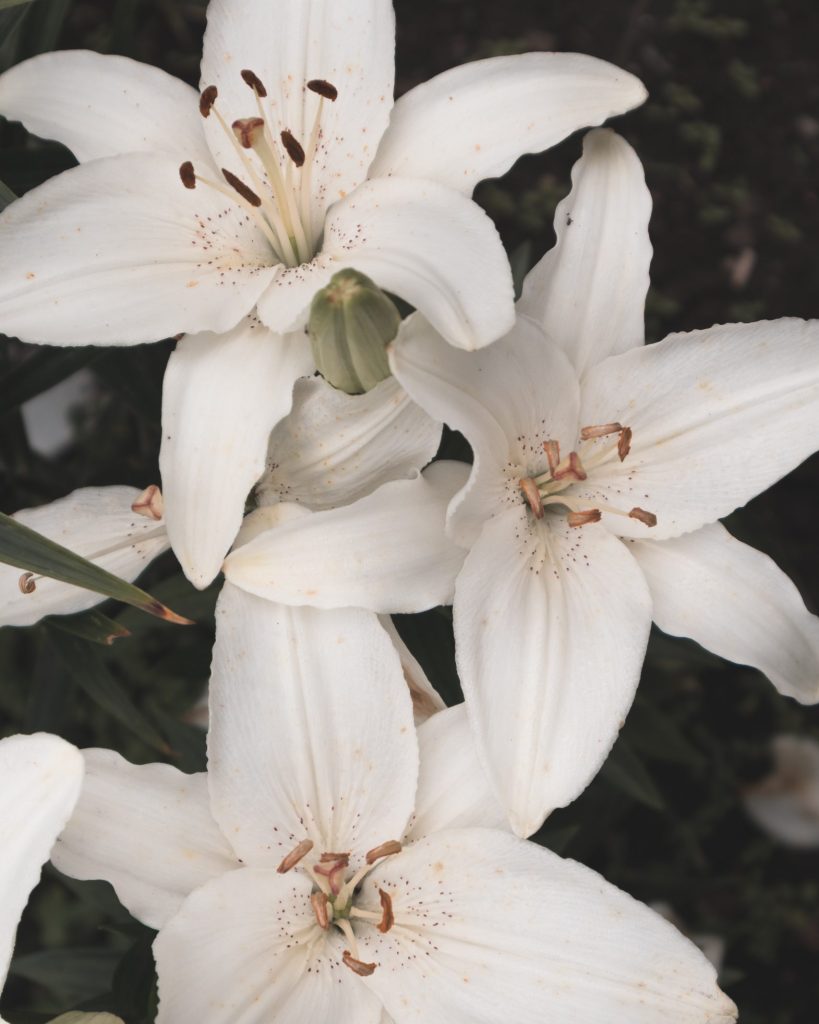
Easter Lilies
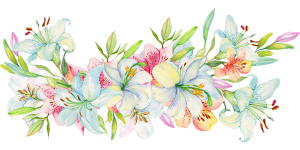 — —
— —
An Introduction from March On Foundation:
The scourge of human trafficking should not be a new concept to any of us, as it is merely a modern iteration of slavery. The International Labor Organization estimated that 50 million people worldwide were victims of human trafficking in 2022, though we can safely assume that this statistic suffers from severe underreporting.
Trafficking is insidious – it takes myriad forms, infects every corner of society, and is inherently difficult to track. Trafficking can generally be split into two categories: labor and sex trafficking.
In our piece today, we will be focusing on the despicable world of child sex trafficking through the story of one of its survivors, Sarah Jane.
We are extremely honored that Sarah is sharing this piece with us. She did not have to share her story with anyone, but we are so incredibly grateful that she did. It is real, it is raw, and it is exactly the kind of story that needs to be told because while Sarah’s story is her own, the overarching plot is one that happens to so many people.
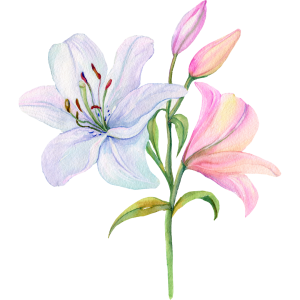
We hope that those of you who are in the right emotional space will read Sarah’s story; however, if this isn’t the case for you at the moment, please stay with us for the introduction:
As said previously, trafficking is inherently difficult to track, but it is not at all difficult to understand.
At its core, it is one of the most base and vulgar manifestations of patriarchy: the male theft of female intimacy and autonomy, male entitlement to female sexuality, and the normalization of liberating men with sex’s many joys while burdening women with all of its responsibilities.
It is the reinforcement of sex as something obscene and dirty, a means to an end instead of a beautiful building block of human connection.
Sarah is one of many who is reclaiming what was rightfully hers all along. Every female-presenting person can do the same with, as Sarah said, “a great deal of courage and a little bit of foolishness”.
If you think you or someone you know may be a victim of trafficking, there is help available through the National Human Trafficking Hotline:
- Call: 1-(888)-373-7888
- Text: 233-733
- Chat: https://humantraffickinghotline.org/en/chat
— —
Easter Lilies by Sarah Jane
Sarah Jane is a tarot reader, retreat leader, and workshop facilitator who primarily works with women, although she also works with men. She believes spirituality, in addition to more conventional therapy and recovery programs, can help those suffering from trauma to release and become more whole.
TW: Descriptions of grooming, underage and adult rape, sexual assault, and sex trafficking; mentions of alcoholism, domestic violence, eating disorders, and substance abuse.
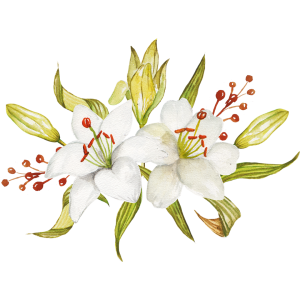
It was manageable when we could stay in the living room. The light from the TV, the sounds of the other junior high girls, the piss-warm domestic canned beers insulated us from the goings on in the outer rooms: the moans of middle-aged men drowning out the pained whimpers of the other girls. My friends. But once we were shuffled into these hungry, eager rooms, we were no longer unto ourselves. We couldn’t look the other girls in the eyes to share our fear. And we were very, very afraid.
One of one thousand insidious things about sex trafficking is the misnomer of the term itself. The word trafficking conjures up images of traveling, of far distances. I always assumed trafficking was a hyper-organized and specific type of sexual assault, formal and executed by strangers. It was not until my 40s that one of a seemingly endless parade of therapists suggested that I was trafficked.
Add to this the confusion that I considered the perpetrators friends and boyfriends, and you can imagine the confused morass in my brain. Trafficking was endemic in the suburbs in the 1990s, when I was struggling to stay upright and clothed and untouched, and it has only grown since then.
I was thirteen when I met my gateway perpetrator, a tall, skinny, bowlegged cowboy and recent high school graduate with early-stage liver cirrhosis and birdlike features named Carl*. Carl had a penchant for whisky and middle school girls and had a bit of a cult following among us, fostered by some manipulation talents that shamed my later abusers.
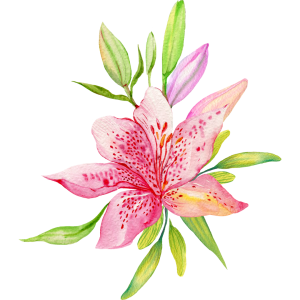
He would take us, one at a time over the course of several weeks, into his car and give us a regurgitated spiel about how no one understood him, how hard his life was, how special we were, and how lucky he was that we had chosen him as a friend. He’d be blaring The Smiths, and it always seemed to be raining.
From there it was a formula. He chose my best friend Loraine to be his “girlfriend” and set the rest of us up with his friends, boys who had just graduated or, in the case of my “boyfriend” Lars, a high school senior. These were men who, unbeknownst to us, had connections to the world of child prostitution. So, what started off as semi-normal parties with older boys slowly edged into nights when we were ushered into rooms with friends of Carls’ who got progressively older. There was coercion into sex acts, and, if those negotiating tactics failed, outright force was used.
I did not, as a child, understand why Carl put so much pressure on us to have sex with his friends. He got very angry if we refused, guilting us or yelling. I learned later that money had changed hands, and I, of course, didn’t see a dime. Perfect business model.
My friends and I were left to our own devices by parents who, while loving, had no concept of what went on in the bedrooms of their children’s “friends.” Carl had taught us how to lie and manipulate to protect him and his cohorts. Our parents thought we were at sleepovers with the girls instead of being raped in an apartment, at the movies instead of having our foreheads pressed against backseat windows, at the mall rather than in the abandoned church behind it. They were busy, and they were as trusting as we were.

Eighth grade gave way to ninth, and still Carl was my friend, still his mystique held sway over my clique.
One day after seventh period Carl and his friend Bill took me to a bike path and raped me in broad daylight, plying me with Colonial’s Pride whiskey because “this is going to hurt.”
I resolved that day, when I couldn’t walk and was covered in bruises, that I would never have sex again. In my mind, it was consensual. In my mind, I was an adult making adult decisions.
Years later, my therapist told me to notice, when I was out in public, what a 14-year-old girl looked like. They look like infants. They look like something I would injure myself to protect.
It was not, of course, the end of my trauma with men, or even with Carl. We still hung out, still got drunk, still skipped classes and football games and dances to watch his friends huff paint.
The last time Carl assaulted me I was 16 and learning how to plant my feet on the ground. I didn’t know the last time would be the last time, but I was starting to look like a little adult, and I was no longer looking at Carl with adulation.
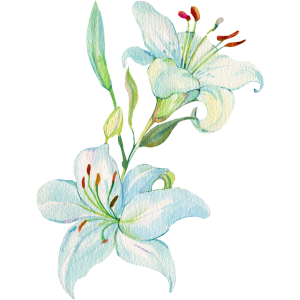
Even after he no longer touched me physically, the echoes rippled out for years. Echoes like crippling depression, horrifically abusive relationships, no boundaries whatsoever, devastating shame around sex, allowing men to do whatever they wanted whenever, no sense of self.
In high school, I developed a binge eating disorder, putting weight on as a buffer between my shadowy self and the men I did not know how to say no to. I ate anything in reach and then felt a mix of fullness and guilt. It’s what I thought I deserved.
My girlfriends had problems of their own. They were still children themselves, so they had as much of a chance of saving me as I did of saving them. So, I sought out twelve step programs, therapy, anything that might alleviate the pain. But they were temporary.
I fulfilled my family’s chemical legacy of drug and alcohol abuse, and I became a gifted child who never showed up to class. I sought out men as disciplinarians and sex as punishment. My boyfriends continued to be significantly older than me and no one intervened, really. My parents had had terrible fights with my older sister when she was growing up, and while I know they loved me, I also know that as long as I wasn’t inciting rageful temper tantrums, they weren’t going to stop me from doing what I wanted. They called me headstrong, I called myself holding onto life with bloody fingers. We were both right.
My twenties were for learning lessons. I was in a prolonged sexually abusive relationship that sent me running for alcohol and opioids. I graduated college with honors somehow, got a corporate job, and cried almost every day.
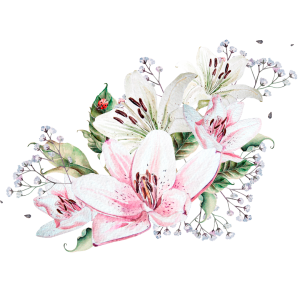 When I had yet another rape at age 29, I continued talk therapy, went to retreats, tried EMDR (a trauma therapy that uses bilateral stimulation of the brain to lessen the detrimental affects of painful past experiences.) I balanced working at a nonprofit for adults with mental health issues with drinking a twelve pack every night until I finally went into recovery.
When I had yet another rape at age 29, I continued talk therapy, went to retreats, tried EMDR (a trauma therapy that uses bilateral stimulation of the brain to lessen the detrimental affects of painful past experiences.) I balanced working at a nonprofit for adults with mental health issues with drinking a twelve pack every night until I finally went into recovery.
Sobering up was the beginning, but only that. I realized several reasons for my lack of progress. I had a complete inability to be honest with myself, I was cloudy due to years of drinking copious amounts of alcohol, and the thread that had started it all back when I was 13: I didn’t know how to name my trauma. I still saw my 13-year-old self as an adult, I still saw Carl as a friend, I still considered his best friend, Lars, my first love.
The façade started to crack when I joined a writing group with some male friends in my recovery group. I turned in a few pages on Lars. I thought I was turning in a love story. They were horrified, and, seeing the looks on their faces, I retreated to my default: shame. How could I have been so stupid to think that what had happened at 13 was normal? It all came back down to the fact that to me, it was.
The systematic exploitation of my friends and I seemed normal to us because we knew nothing else, and because honestly, it’s normal for young girls to be hurt. And when perpetrators prey on the young, they can make the abuse seem attractive, like peer pressure on steroids. Look at what your classmates are doing. See how cool and adult they are. See how you can be a little woman yourself. And see what a sad, lonely young man I am. Thank you for being there for me.
 The looks on my writing group’s faces stay in my mind: disbelief and disgust. It didn’t occur to me that much later that they weren’t disgusted with me, but with my situation. Once I grasped that, I got to work.
The looks on my writing group’s faces stay in my mind: disbelief and disgust. It didn’t occur to me that much later that they weren’t disgusted with me, but with my situation. Once I grasped that, I got to work.
I threw myself into sobriety, into naming my experience, first as assault, then rape, then finally trafficking. I sought out, in addition to talk therapy, spiritual solace. I worked with a holistic life coach, and with a shaman/hypnotherapist. I read books and volunteered to help other people who had been through similar experiences. I threw everything I had into everything I could.
Some avenues were more helpful than others. I found the recovery group I was a part of to be too heavily Christian and the teachings of long-dead white men left me, unsurprisingly, cold. I am grateful that I sobered up in that group, but I also knew in my bones that I couldn’t stay.
Working with a life coach was the next step. As I broke away from the sobriety group (another experience I would need to recover from), I also left my job in corporate middle management to work at a metaphysical store and read tarot cards. This took a great deal of courage and a little bit of foolishness on my part, but I thrived. I realized that tarot could be used as an empowerment tool. When I close the curtain for readings, my client and I are in a soft, sacred space, and it opens roads of healing for both of us.
The hypnotherapist was, honestly, the most helpful expert I worked with. She did, in three months and three hypnosis sessions, what decades of talk therapy failed to do. Hypnosis allowed me to tap into my subconscious and start listening to the intuition that had been unsafe to follow my whole life. Each time I went under, I stepped into more personal power, watched over by the Divine Feminine power and my ancestral line of strong women. She also taught me the power of daily meditation and journaling, which has helped regulate my autonomic nervous system and help alleviate the anxiety that held me back since high school.
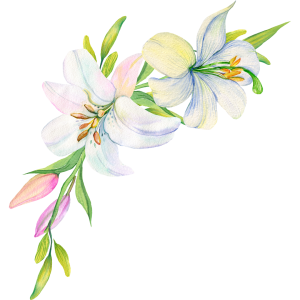
My hypnotherapist used shamanic practices for healing as well. We did a soul retrieval meditation, where I journeyed into the deepest recesses of my mind to “rescue” the piece of my inner child that had broken off when I was traumatized. In my mind’s eye, she was sleeping, covered in Easter lilies, and when I woke her, she jumped on me like a spider monkey, so grateful that I had finally come for her.
Today I work at a metaphysical shop that emboldens people to tap into their own healing powers. I lead workshops, moon circles, and hold retreats, manifestation nights, and parties, in addition to doing tarot readings. I hold space for and honor the paths of women and bring them to a place where they can process and regenerate.
Every time I hold the hand of a woman, she holds mine back.
I am still walking a healing road. I am now working on reconciling my relationship with food, the longest held and most insidious of my addictions. As I learn that my body is a safe place to inhabit, that I can keep myself safe in my body, I find the need for insulation from the world less dire. I also know that the weight has never protected me anyway: when I was raped at 29, I was at my heaviest weight. My best shot at keeping myself intact is to own my power and help others. It’s all I’ve ever wanted, anyway.
